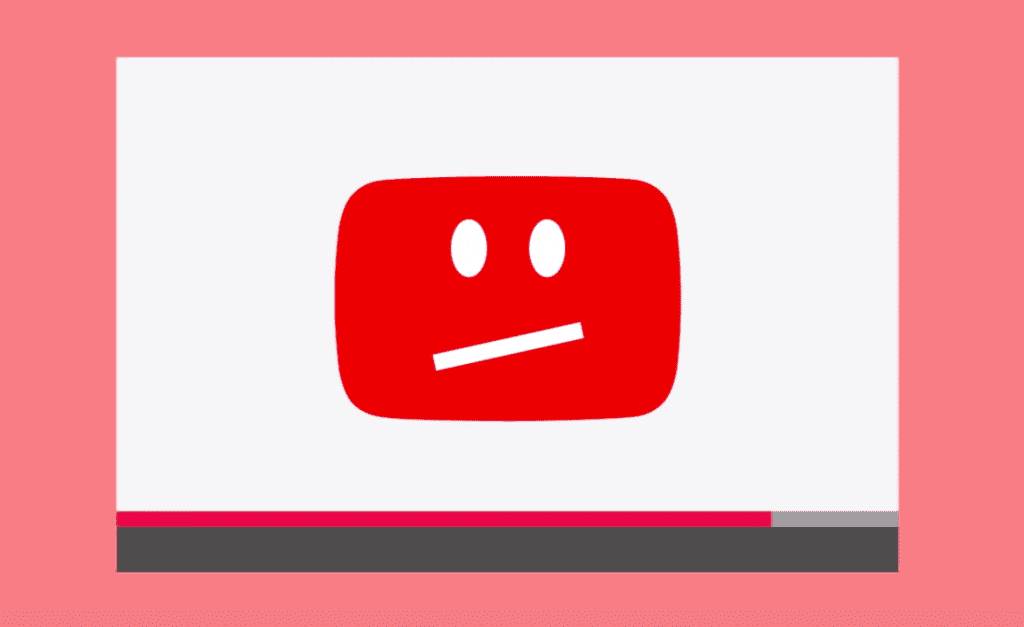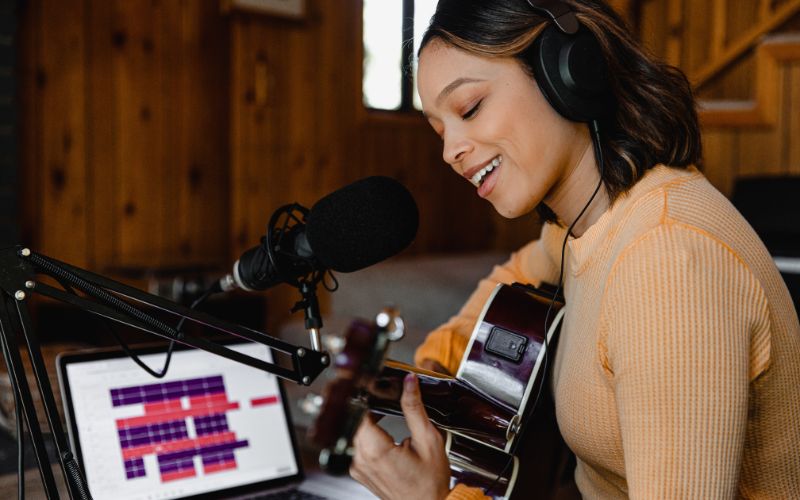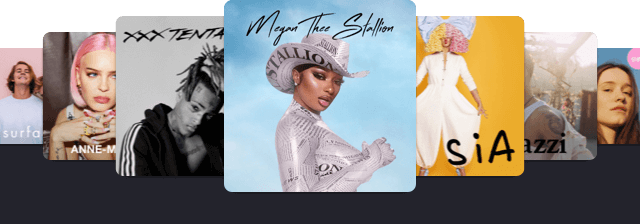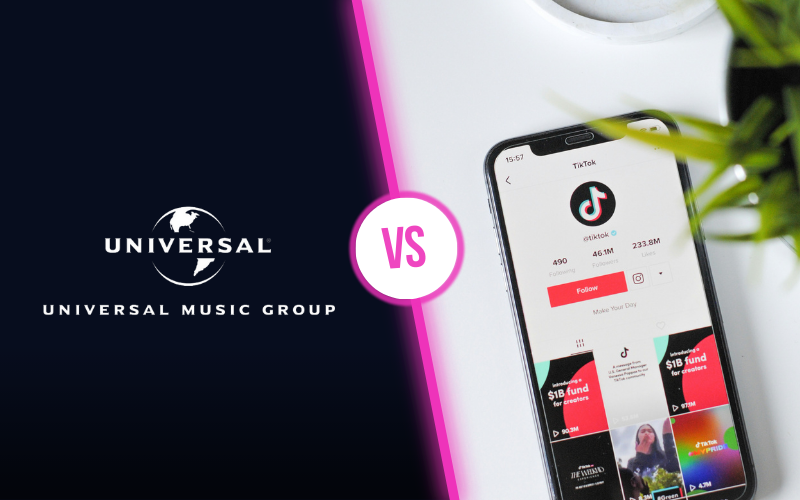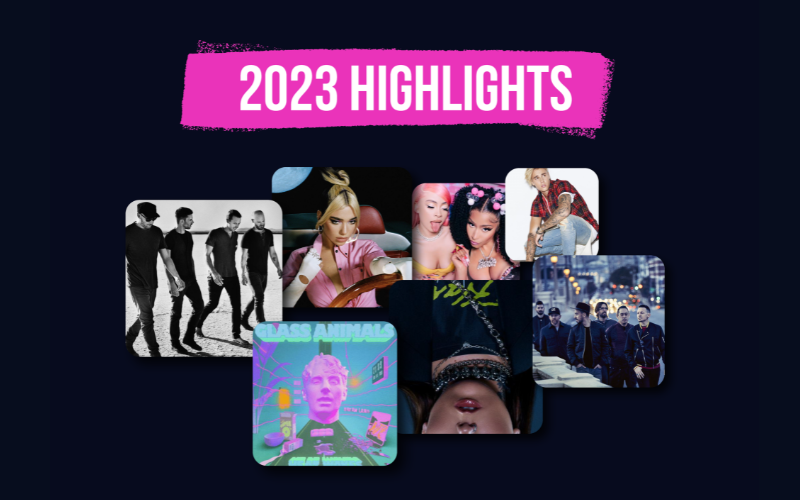Are you trying to use copyrighted stock music for YouTube videos but don’t know where to start? Never fear. We’ve got you covered.
What are YouTube’s music copyright rules?
Alright. Let’s get into the nitty-gritty of YouTube music copyright rules.
Who holds the copyright?
When someone creates an artistic work — a song, painting, book, etc. — they receive a copyright in the result. Contrary to popular belief, you don’t have to register with the Copyright Office. If you sit down and write a two-page poem, you’ll instantly own the copyright.
Music is unique in that there’s a copyright in the song AND the sound recording. So, one person — the songwriter — holds the copyright in the music and lyrics. Another person — the recording artist — gets the copyright to the actual recording. If you write and record your own songs, you’ll have both copyrights. Plus, songwriters and recording artists often assign their copyrights to music publishers and record labels.
So, there could be a lot of people out there with interests in protecting their copyrights in a song you might want to use in your video.
What happens if you use copyrighted music on YouTube without permission?
If you decide to use copyrighted music without permission, there’s a good chance that YouTube’s sophisticated Content ID will come and find you. After knocking the doors down on your operation (figuratively, of course) and issuing a copyright claim, YouTube gives the copyright holders a variety of options.
The copyright owners can choose to:
- Mute your video
- Block your video in certain countries
- Block your video worldwide
- Monetize your YouTube video
When the copyright holder monetizes your video, advertisements may start running on your content. If the copyright owner feels generous, they may decide to share some of the ad revenue with you. However, considering many copyright owners are record labels and music publishers, I wouldn’t hold your breath.
What about fair use?
In some cases, you may be allowed to use a copyrighted work without the owner’s permission — this is called fair use. Courts in the United States use a four-part test to determine whether something is fair use:
- The purpose and character of the use. Non-profit uses, newsworthy uses, and transformative uses are more likely to be considered fair use.
- The nature of the copyrighted work. Fair uses are more likely when the copyrighted work was fact-based and published, as opposed to more creative and unpublished.
- The amount and substantially of the use. Using a tiny part may make a fair use determination more likely, but not always.
- The effect of the use on the market for the original. Does your use make it less likely for people to buy the original work? Is your work a substitute?
In practice, fair use law is confusing and often contradictory. There aren’t many hard-and-fast rules to determine whether something will be fair use.
We really don’t advise trying to break YouTube copyright rules though. While you may come up with fancy strategies, you’re unlikely to continually outsmart Google (YouTube’s parent company). Your best bet is to use music legally. Here, you’ll learn how.
Where to find music that follows the YouTube music copyright rules
Now that you’ve decided to take the high road, let’s discuss your options.
YouTube Audio Library
One option is to use music from YouTube Audio Library, a trove of YouTube copyright music that the owners have decided to give away for free. Instead of royalties, the artists usually seek only exposure. As a result, the music tends to be unexciting background music. While music from YouTube Audio Library may be acceptable in some cases, if you want to create engaging, attention-grabbing videos, you’re going to need to look somewhere else.
Subscription music libraries
Subscription music libraries, like Epidemic Sound or Artlist, can be good options for some people, but they have several drawbacks. First, they can be expensive. Many libraries also have confusing interfaces that make it difficult for you to sift through thousands of uninspiring, unknown tracks. Plus, in some cases, you may not be able to continue using the songs in your videos once you stop your subscription.
Negotiate directly with publishers and labels
You could go straight to the source and try to make a deal with the copyright holders directly. However, you may find yourself on a wild goose chase. Searching for the copyright holders can be difficult. Plus, if you finally find them, they’re likely to charge outrageous sums or reject you altogether.
Pay per song with Lickd
Perhaps the best way to inject your videos with high-quality songs is to use Lickd. With Lickd, you pay per song, so you won’t have to worry about recurring monthly fees or losing the rights to your song at the end of a subscription period.
With Lickd, you’ll find high-quality, show-stopping music from signed artists that will help get your video noticed. Search by mood, genre, artist, label, themes, and more to find the perfect track.
Read our expert guide on how to avoid copyright claims on YouTube for more tips.
Lickd music is completely legal, so you’ll never have to worry about how to legally use copyrighted music on youtube.
Get 25% off your first song
If you’re ready to start reaping the rewards from better music in your videos, sign up today and get 25% off your first song. Happy creating!
